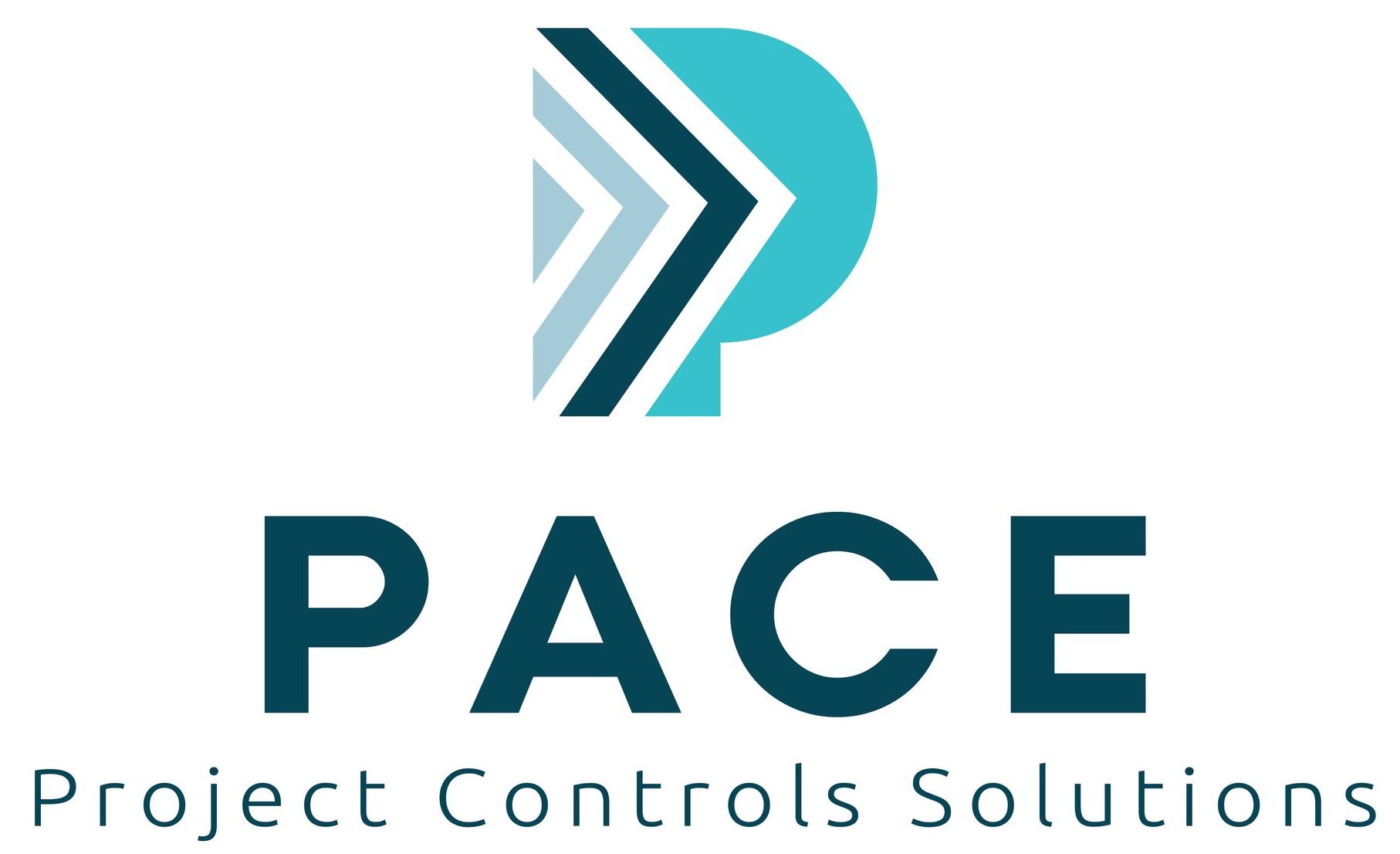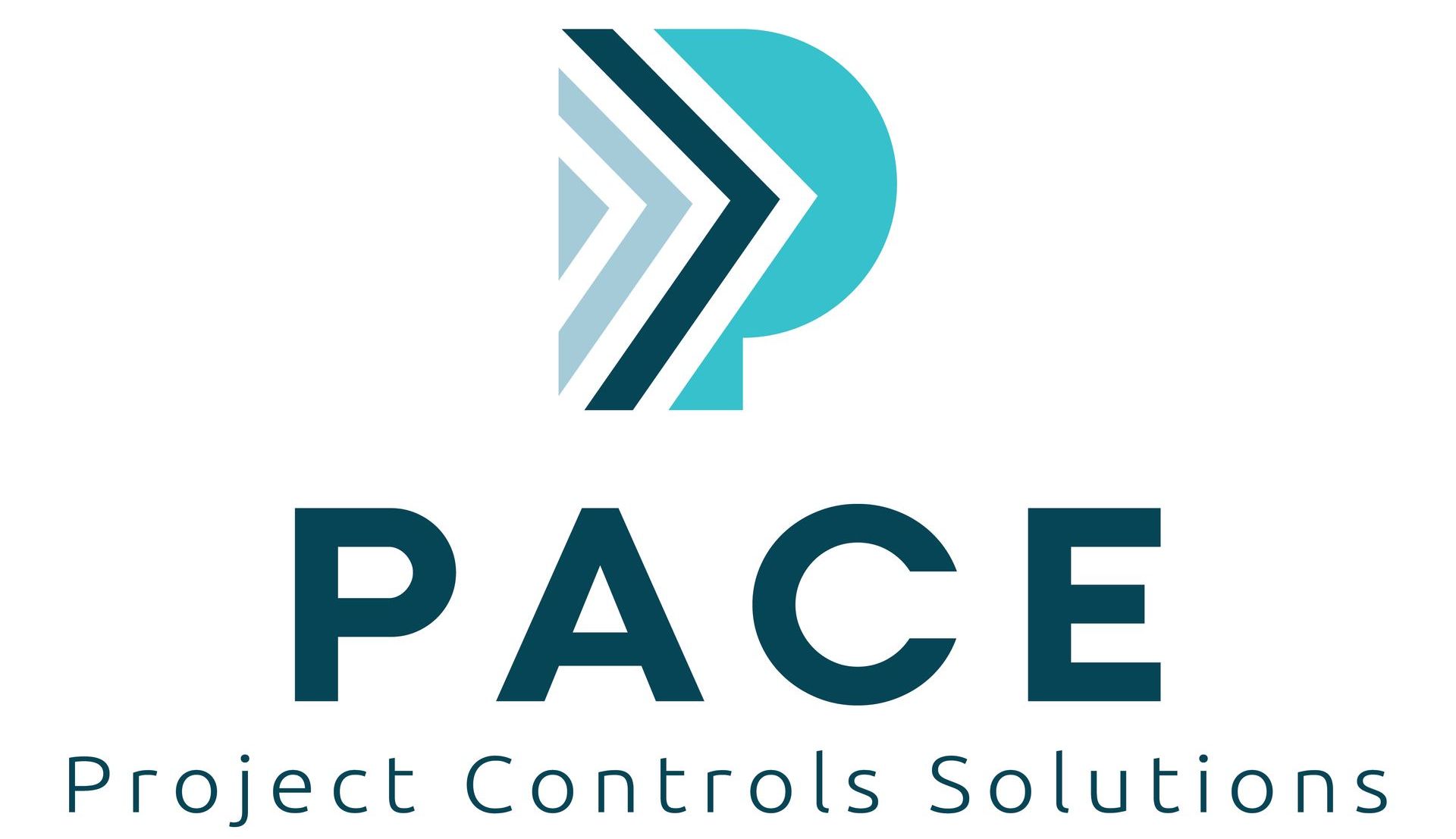12 ESSENTIAL Tips for a Project Controls CV
12 ESSENTIAL Tips for a Project Controls CV

In the competitive world of project controls, your CV is often your first opportunity to make a strong impression on prospective employers. A well-crafted CV can open doors to exciting roles, showcasing your expertise and demonstrating your value as a project controls professional. Below are 12 actionable tips to help you create a CV that stands out and maximises your chances of landing your next role.
1. Tailor Your CV to Each Role
Generic CVs rarely stand out. Carefully review the job description and tailor your CV to highlight the skills, tools, and experiences most relevant to the position. This personalised approach shows employers that you’ve taken the time to understand their needs.
2. Start with a Strong Personal Statement
Begin with a concise personal statement summarising your professional background, key achievements, and career aspirations. Focus on what makes you unique and how your expertise aligns with the job. Keep it to 3-4 sentences.
3. Emphasise Key Project Controls Skills
List your core competencies prominently, such as cost management, scheduling, risk analysis, earned value management, and forecasting. Use bullet points to make this section easy to skim.
4. Highlight Relevant Software Proficiency
Project controls professionals rely on specialised tools. Mention your proficiency with tools such as Primavera P6, Microsoft Project, Asta Powerproject, SAP, Power BI, or Excel (including advanced functions like pivot tables and VBA). Highlight certifications or training in these tools if applicable.
5. Quantify Your Achievements
Whenever possible, back up your accomplishments with data. For example:
- “Improved project forecasting accuracy by 15% through enhanced reporting processes.”
- “Managed budgets of up to £50 million across multiple concurrent projects.”
Numbers add credibility and help employers understand the scale of your work.
6. Use Action Verbs
Start your bullet points with strong action verbs like “led,” “optimised,” “delivered,” or “analysed.” These words convey a sense of initiative and impact.
7. Include Certifications and Training
Certifications like APM, PRINCE2, or PMP are highly regarded in the project controls field. Include any relevant certifications and ongoing professional development, such as workshops or online courses.
8. Showcase Industry Experience
Highlight experience in industries relevant to the role, such as construction, energy, infrastructure, or manufacturing. Mention specific projects, their scale, and your role in delivering them successfully.
9. Keep Formatting Clean and Professional
A clean, well-structured CV is easier to read and creates a better impression. Use clear headings, consistent fonts, and bullet points to organise information. Avoid excessive graphics or unnecessary design elements.
10. Prioritise Recent and Relevant Roles
Focus on your most recent and relevant positions. Provide detailed descriptions for these roles, but keep older or unrelated experience brief. Employers are most interested in what you’ve done recently and how it applies to their needs.
11. Avoid Jargon and Overcomplicated Language
While technical knowledge is essential, avoid overloading your CV with jargon. Write in a clear, accessible manner that any recruiter can understand, even if they aren’t a project controls expert.
12. Proofread Thoroughly
Spelling or grammatical errors can undermine your professionalism. Proofread your CV carefully or ask a trusted colleague to review it. A polished CV reflects attention to detail, a key trait in project controls.
By following these 12 tips, you can create a CV that effectively showcases your skills, experience, and achievements, helping you stand out in the competitive project controls job market. A well-presented CV doesn’t just open doors—it positions you as the professional employers want to hire.
Explore
Quick Links
Join Us
Join Us
Thank you for subscribing.
We will keep you up to date with latest news and updates from Pace Global.
You can unsubscribe at any time via email to info@paceglobal.org or from our emails directly.
Please try again later.
Join Us
We will get back to you as soon as possible.
Please try again later.
© 2024 All Rights Reserved | Privacy Policy
Powered with
by Shazamme.com
Powered with
by Shazamme.com

